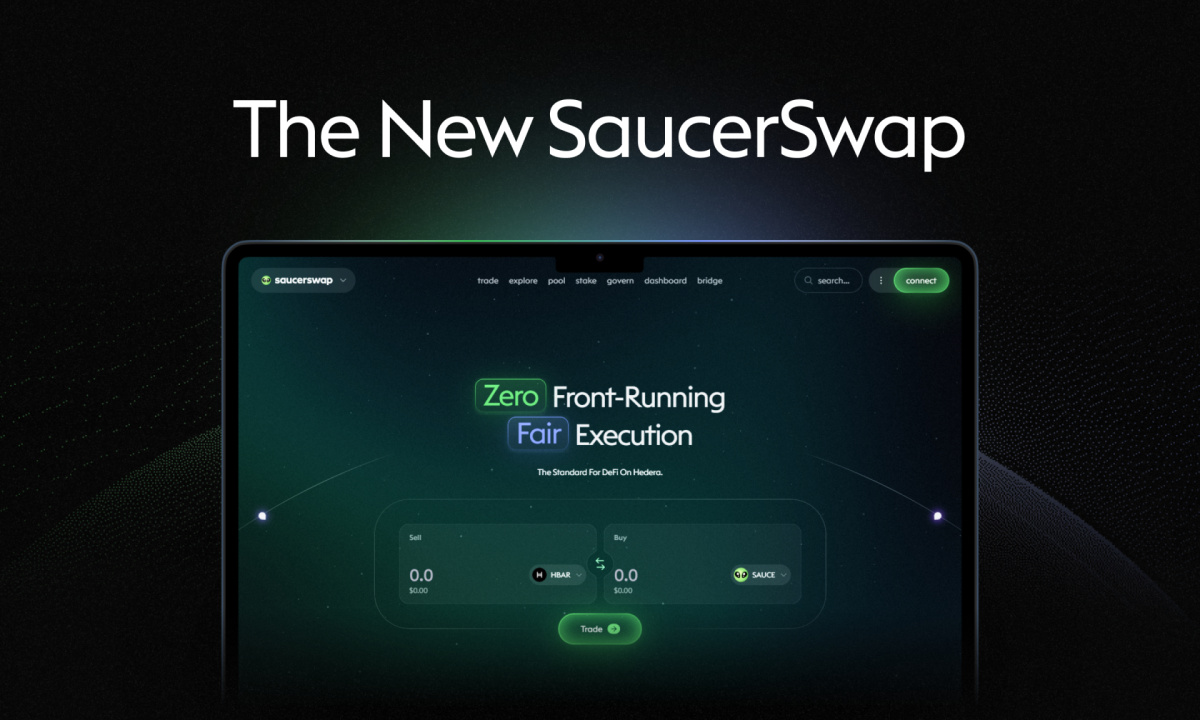Liquidity pools have a collection of crypto assets locked in a smart contract. They are quite helpful in decentralized exchanges, lending platforms, etc.Â
For a decentralized platform like an exchange to work, liquidity pools must be present. Usually, the users provide liquidity in the pool and get rewarded. Liquidity providers have to add an equal value of two tokens in a pool and end up with Liquidity Pool tokens representing their percentage of ownership of the pool.Â
The rewards given to Liquidity providers are from the trading fees charged to those that have carried out transactions in the decentralized exchange or lending protocol. Usually, the trading fee is shared as a reward to the users based on their share of the total liquidity.
Liquidity pools have different use cases, e.g., yield farming or liquidity mining. This system is the backbone of automated yield-generating platforms that reward users when they add funds to the pool. In addition, liquidity pools on Automated Market Makers allow crypto enthusiasts to trade without a centralized authority. Usually, traders that use AMM can be said to deal with a smart contract, making it a peer-to-contract system.Â
Bancor was one of the first protocols to utilize the liquidity pools. Decentralized exchanges like UniSwap also use this feature. Although it is effortless for anyone to earn rewards as a liquidity provider, it is important to note that there are risks attached to liquidity provision in pools too. For example, if the pool gets hacked, the funds may get stolen, meaning the liquidity providers lose both their liquidity and revenue. Sometimes, the decentralized platform may agree to reimburse them to a specific limit, and in other cases, not so much.Â









